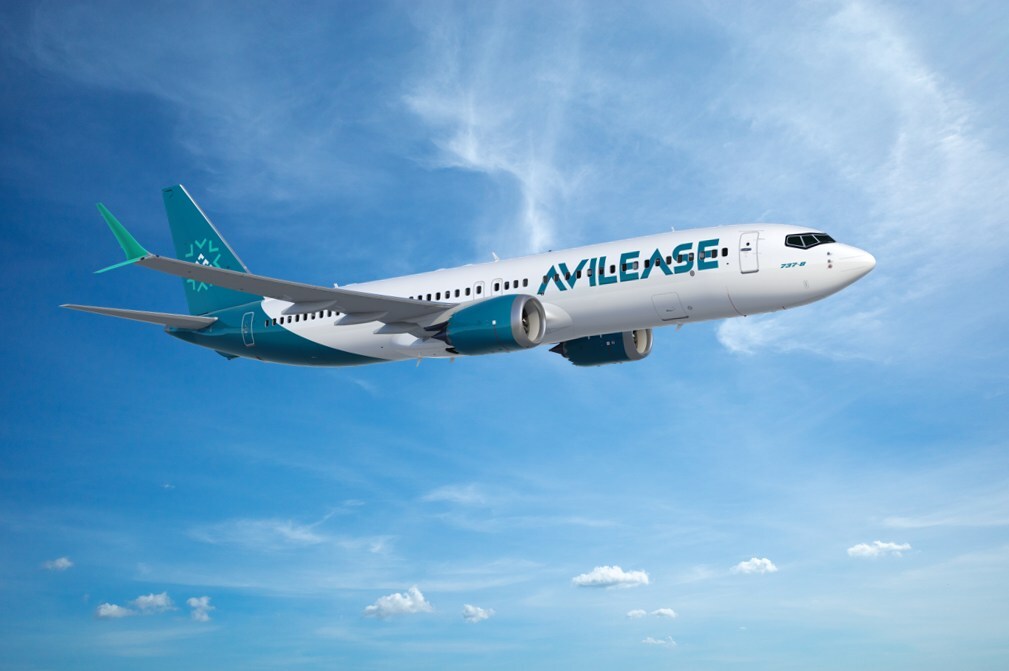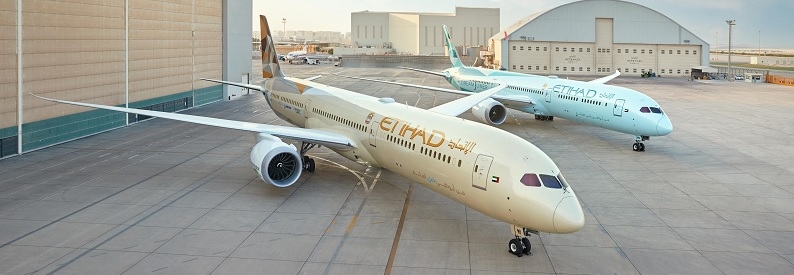The Weather Company Launches Maverick Dispatch with Airline Partners
April 8, 2025By ePlane AI
The Weather Company Launches Maverick Dispatch
The Weather Company has launched Maverick Dispatch, a global weather and flight tracking solution. This SaaS-based platform, already in use by Breeze Airways and Horizon Air, combines forecast technology and expertise with artificial intelligence to help airlines anticipate and respond to weather-related challenges. "In today's complex aviation environment, dispatchers are overwhelmed with data but starved for actionable intelligence," said Sheri Bachstein, president of The Weather Company, "While others are reducing their spend in aviation technology, we’re accelerating efforts. Maverick Dispatch transforms fragmented data streams into clear, contextual insights that enable faster, more informed decision-making."
Early Benefits for Airlines
Launch partner Breeze Airways reports significant early benefits. “The reduced alert fatigue and contextual highlighting of critical information means our team spends less time hunting for data and more time making smart decisions that benefit our guests,” said Garrett Urry, manager of flight dispatch at Breeze Airways.
Key Capabilities of Maverick Dispatch
Developed in collaboration with airlines, key capabilities of Maverick Dispatch include:
- Advanced Weather Visualization: The Weather Company’s proprietary Global High-Resolution Atmospheric Forecasting (GRAF) system offers comprehensive weather impacts through intuitive mapping technology.
- AI-driven Insights: Predictive models for terminal airspace convective risk (TrACR), airport capacity insights and taxi time analytics help airline operators anticipate and recover from operational disruptions.
- Unified Cloud Platform: SaaS-based architecture ensures consistent access across teams for oversight and feature deployment.
- Streamlined Workflows: Intelligent alert management and integrated data visualization reduce cognitive load.
Streamlining Flight Tracking and Weather Awareness
“In an environment where seconds count, Maverick Dispatch is streamlining and simplifying flight tracking and weather awareness on the dispatch desk,” said Kenneth McNaught, dispatch manager at Horizon Air. McNaught continued, “Leveraging the advanced weather forecasting and tools of The Weather Company into this updated platform is sure to become another game changer from this innovative company helping us to become safer and more efficient as an airline.” This relentless pursuit of innovation underscores The Weather Company's commitment to not only advancing the capabilities of its systems but also to ensuring the safety and efficiency of its aviation partners are held paramount. With Maverick Dispatch leading the charge, the company is setting a new standard for operational excellence in the skies, proving that when it comes to managing the unpredictable nature of weather, having a cutting-edge ally can make all the difference in navigating the challenges ahead. As the platform evolves, its users can expect an ongoing enhancement of features, designed with the forethought of meeting tomorrow’s aviation demands with today’s technology.

Trax to enable SIA Engineering Company's new MRO facility in Malaysia

The Weather Company Launches Maverick Dispatch with Airline Partners

WINWING Opens Orders for PAP 3 Autopilot Panel - a Boeing-Style MCP

Avrilease to order up to 30 Boeing 737-8 aircraft - Economy Class & Beyond

The Boeing 777X Concept Feature That Was Actually Never Developed

US and UK Strike Mega Deal Splitting Boeing and Airbus Orders to Supercharge Global Aviation Comeback, We will Update You the Latest - Travel And Tour World

Etihad "quietly" acquiring aircraft as growth continues

IndiGo-BIAL Pact: Airline to Set Up New MRO Facility at Bengaluru Airport

Qatar Airways Secretly Cancels New Boeing 737 MAX 10 Order
